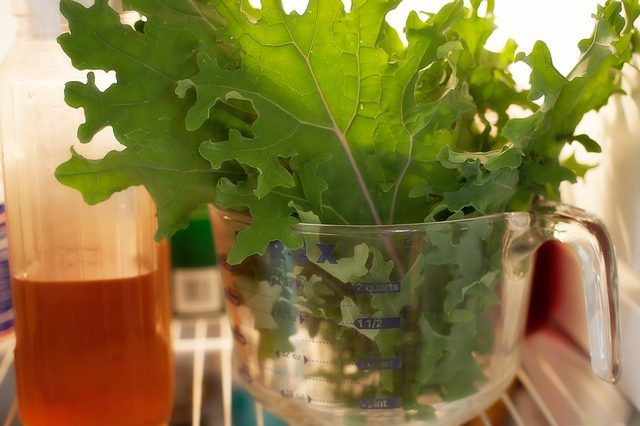Bulbs
Flower Basics
Flower Beds & Specialty Gardens
Flower Garden
Garden Furniture
Garden Gnomes
Garden Seeds
Garden Sheds
Garden Statues
Garden Tools & Supplies
Gardening Basics
Green & Organic
Groundcovers & Vines
Growing Annuals
Growing Basil
Growing Beans
Growing Berries
Growing Blueberries
Growing Cactus
Growing Corn
Growing Cotton
Growing Edibles
Growing Flowers
Growing Garlic
Growing Grapes
Growing Grass
Growing Herbs
Growing Jasmine
Growing Mint
Growing Mushrooms
Orchids
Growing Peanuts
Growing Perennials
Growing Plants
Growing Rosemary
Growing Roses
Growing Strawberries
Growing Sunflowers
Growing Thyme
Growing Tomatoes
Growing Tulips
Growing Vegetables
Herb Basics
Herb Garden
Indoor Growing
Landscaping Basics
Landscaping Patios
Landscaping Plants
Landscaping Shrubs
Landscaping Trees
Landscaping Walks & Pathways
Lawn Basics
Lawn Maintenance
Lawn Mowers
Lawn Ornaments
Lawn Planting
Lawn Tools
Outdoor Growing
Overall Landscape Planning
Pests, Weeds & Problems
Plant Basics
Rock Garden
Rose Garden
Shrubs
Soil
Specialty Gardens
Trees
Vegetable Garden
Yard Maintenance
How to Harvest Kale
How to Harvest Kale. Kale (Brassica oleracea) is a cold-weather crop and high nutritional value green that is a biennial grown as an annual. Scotch varieties have grayish-green leaves that are curly, and Siberian varieties have bluish-green leaves that are less curly. Kale grows well in all U.S. Department of Agriculture plant hardiness zones when...
Kale (Brassica oleracea) is a cold-weather crop and high nutritional value green that is a biennial grown as an annual. Scotch varieties have grayish-green leaves that are curly, and Siberian varieties have bluish-green leaves that are less curly. Kale grows well in all U.S. Department of Agriculture plant hardiness zones when planted outdoors four to five weeks before the last expected frost in well-drained soil and full sun.
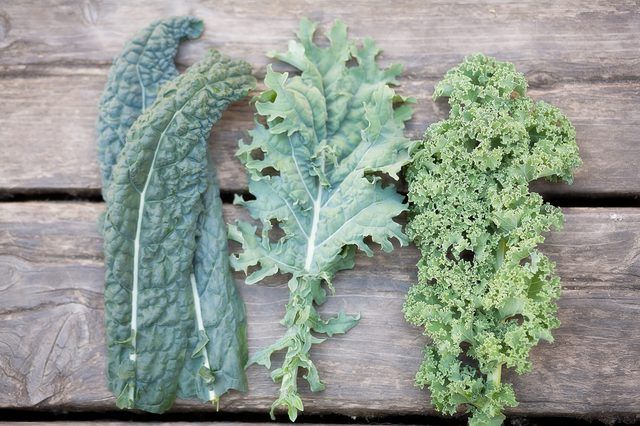
Things You'll Need
Sharp knife
Washcloth
Isopropyl alcohol
Bucket or container
Step 1
Pour isopropyl alcohol on a washcloth and wipe both sides of a sharp knife blade with the alcohol. Allow the alcohol to dissipate from the knife blade.
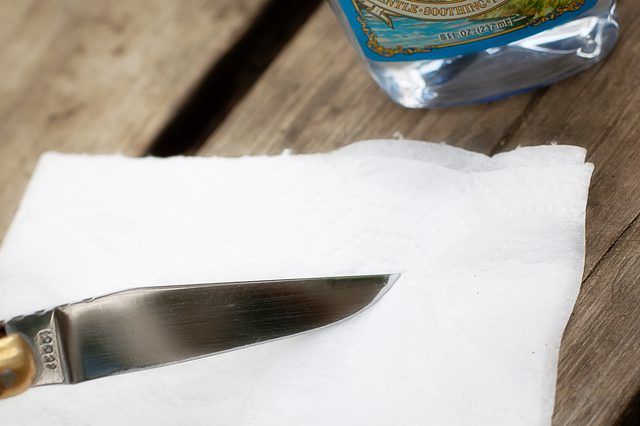
Step 2
Grasp a small kale leaf that is about 4 to 6 inches tall with one hand and cut it from the plant with the sharp, disinfected knife to harvest baby greens for salads or juicing. Place the leaves in a bucket or container as you cut each one to keep them clean. Disinfect the knife again when you move to the next plant.
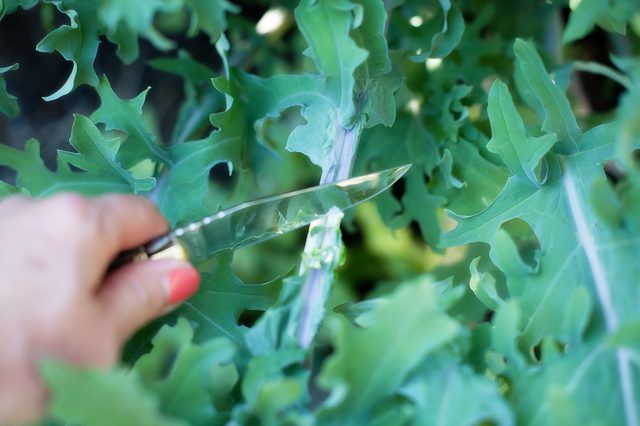
Step 3
Harvest entire kale plants at 60 to 80 days after germination when they are full size and no longer growing larger. Gather the leaves of one kale plant upward and hold them in this position. Cut across the bottom of the plant, horizontally about 1 inch above ground level to harvest the entire plant for side dishes, main dishes, soups or stews. Place the plants in a container to transport them indoors for storage or use. Disinfect your knife after cutting each plant to prevent spreading disease to leaves.
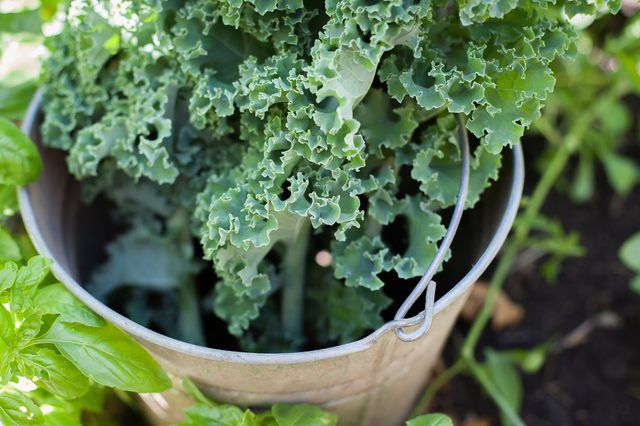
Step 4
Store fresh kale in a refrigerator set close to 32 degrees Fahrenheit for up to 10 to 14 days before using it in dishes. Store it in an open container with good air circulation to prevent wilting.
